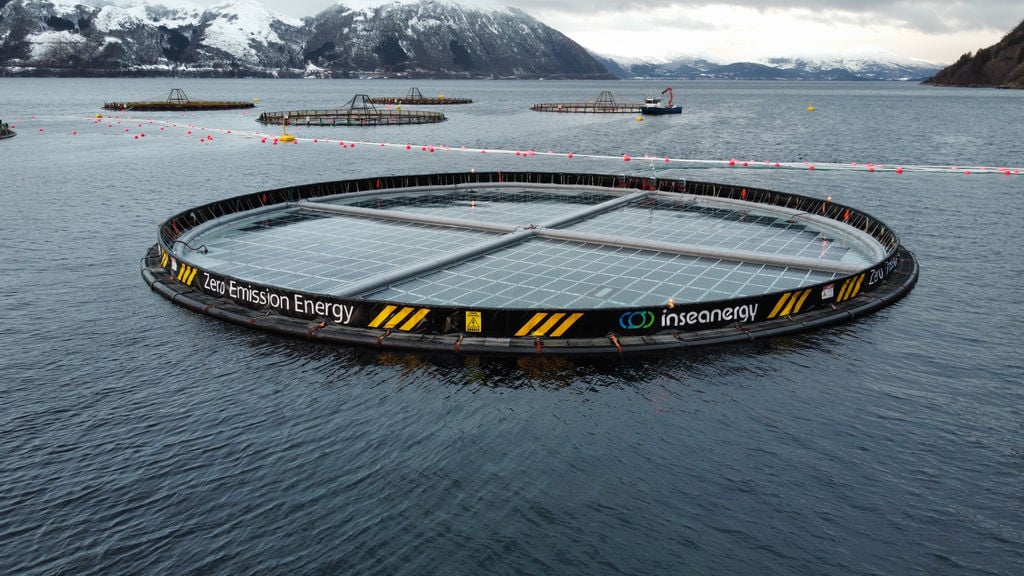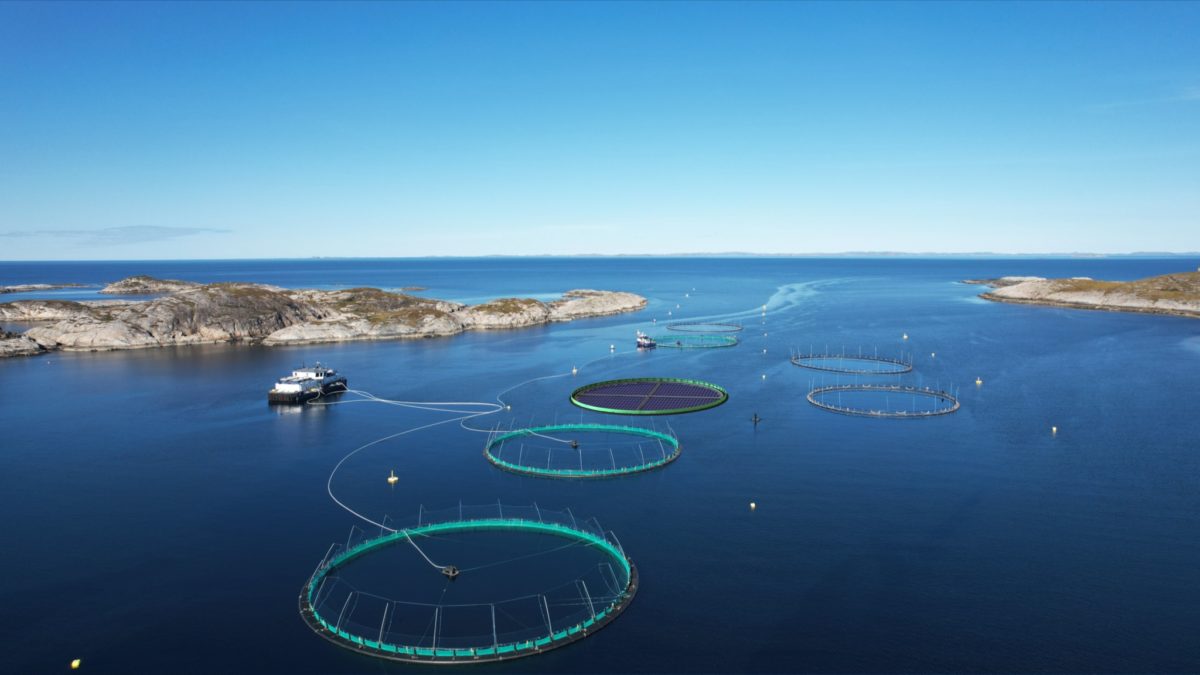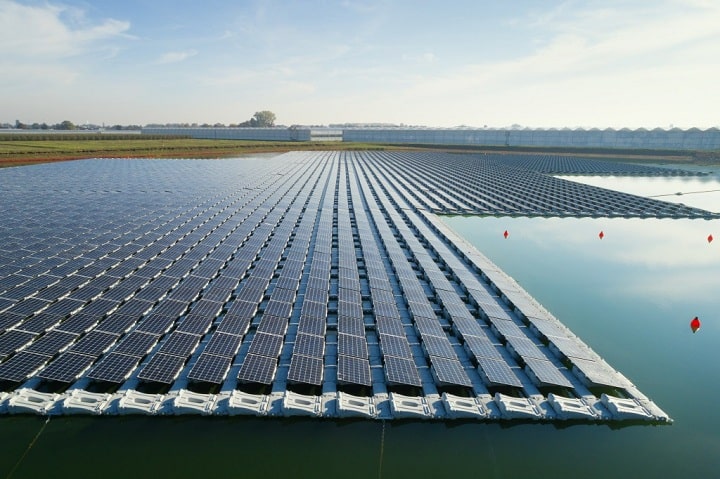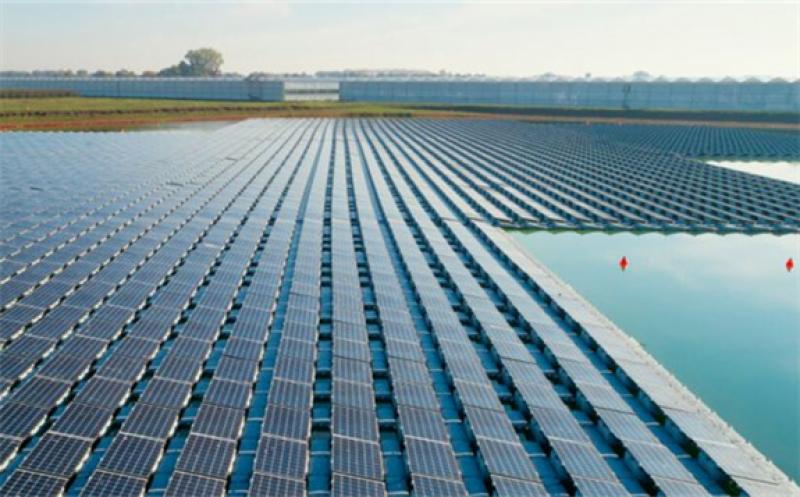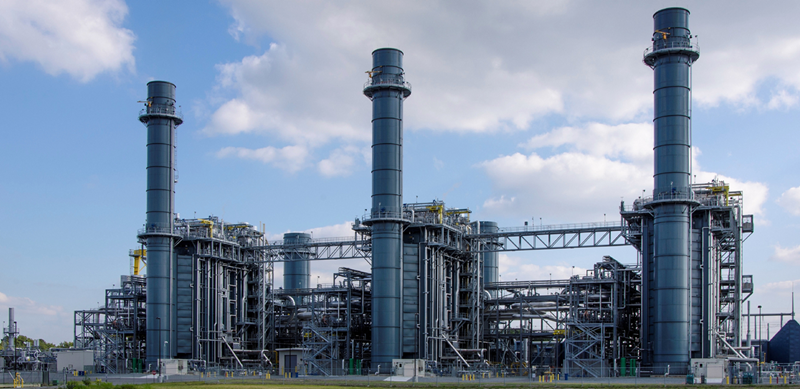
The mechanism divides the on-grid tariff into two parts — a fixed tariff based on the gas-fired power plants’ fixed operating cost, and a floating tariff based on changes in the feedstock cost of gas-fired power plants.
The objective is to give utilities the flexibility to pass on higher fuel costs to consumers and provide a buffer to gas-fired power plants from rising natural gas prices.
The two-part tariff mechanism will enable utilities to operate above breakeven levels and play a better role in peak shaving during the peak power consumption periods, and encourage the development of gas-fired power plants in China, market participants said.
China’s trucked LNG prices hit a new record high — breaching Yuan 8,500/mt ($1,344/mt), or the equivalent of nearly $26/MMBtu, across the entire country on Feb. 28, data from Shanghai Petroleum and Natural Gas Exchange showed. Higher natural gas prices in China have been driven by tighter LNG supply, robust domestic demand and partial curtailment of Central Asian gas supply.
Two part tariff
Each gas-fired power plant will be allocated a certain amount of power generation volume based on its effective installed capacity, for which the on-grid tariff will be paid at a fixed price. If the gas-fired power plants are required to generate more electricity, normally in the peak demand season, the tariff of the extra volume will be priced at a market level.
The two-part tariff will be introduced for heavy-duty natural gas turbine generator sets in Shandong province, with the floating tariff determined independently by power generation enterprises, power users, and electricity sales companies through market-based transactions, the provincial Development and Reform Commission said.
The upper and lower limits of the floating tariff will also be adjusted regularly according to the situation in the spot power market, it added.
For heavy-duty gas turbine generators that do not participate in market-based transactions, the on-grid tariff is based on the benchmark price of coal-fired power plants and the power they generated will be purchased by the State Grid’s Shandong branch for ensuring residential and agriculture use, the notice said.
The installed capacity of natural gas power generation was 106.38 GW in China at the end of July 2021, up 12.2% year on year, according to China Electricity Council.
The two-part tariff mechanism was first introduced for natural gas-fired power plants by Shanghai in 2012, then was followed by Zhejiang, Jiangsu and Henan provinces in 2015, 2018 and 2019, respectively.
Shandong will become the fifth province and city in China to implement a two-part on-grid tariff mechanism for gas-fired power plants once the draft is passed. The draft is open for public comments until March 1, 2022.



